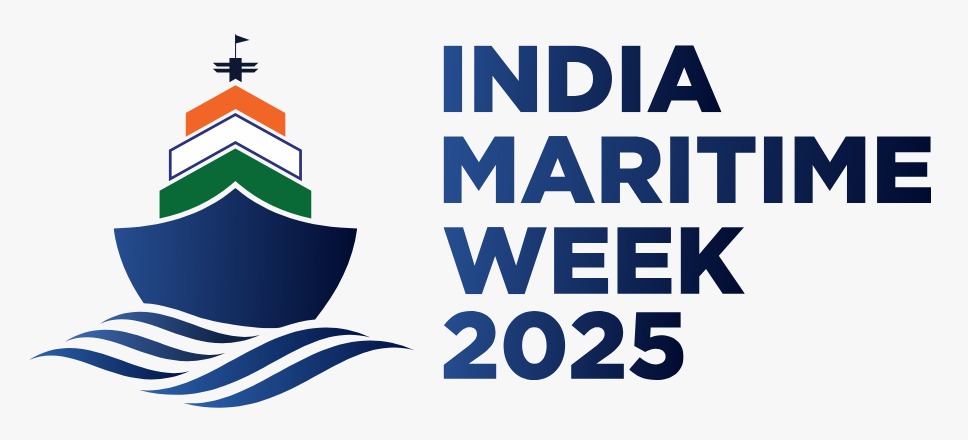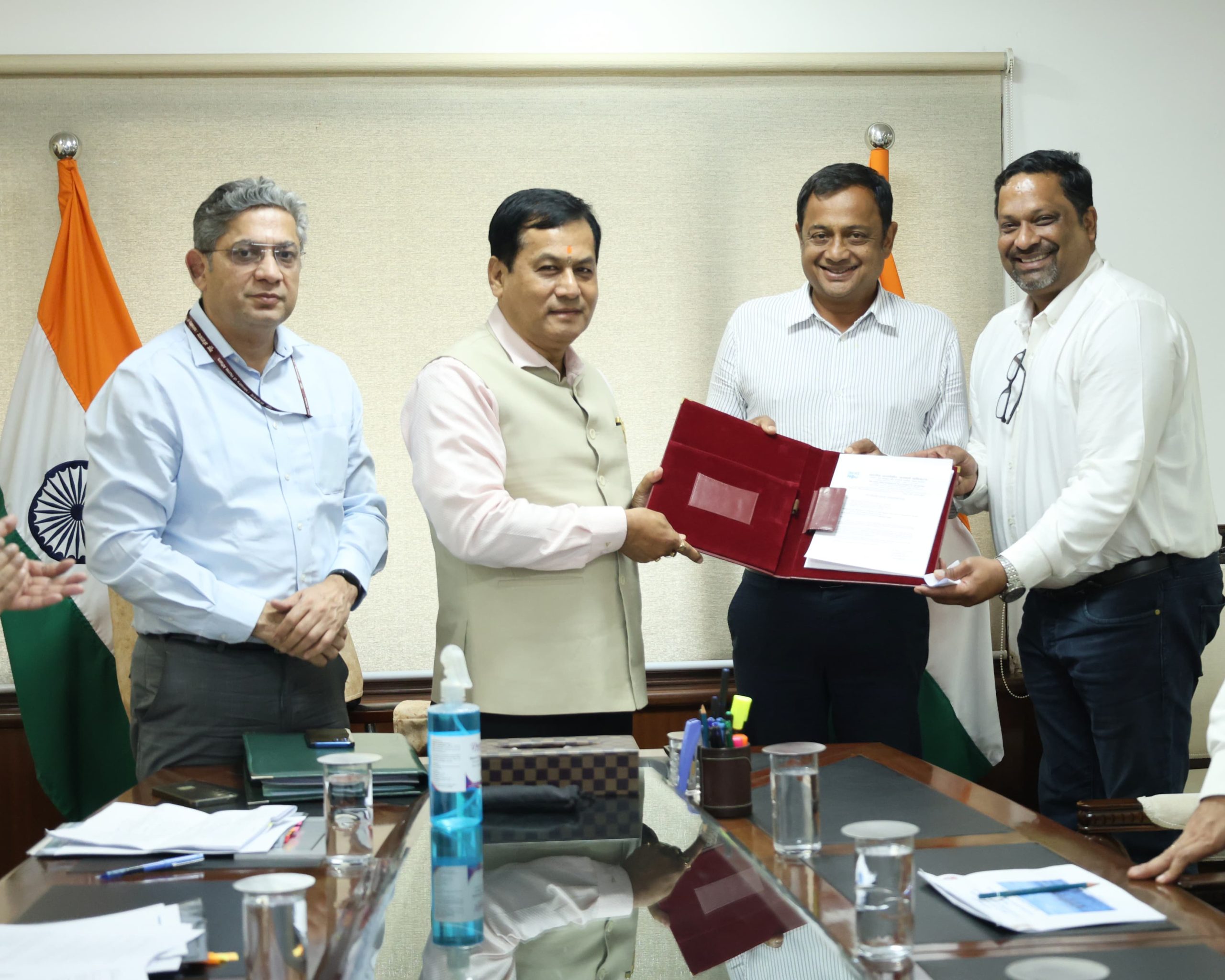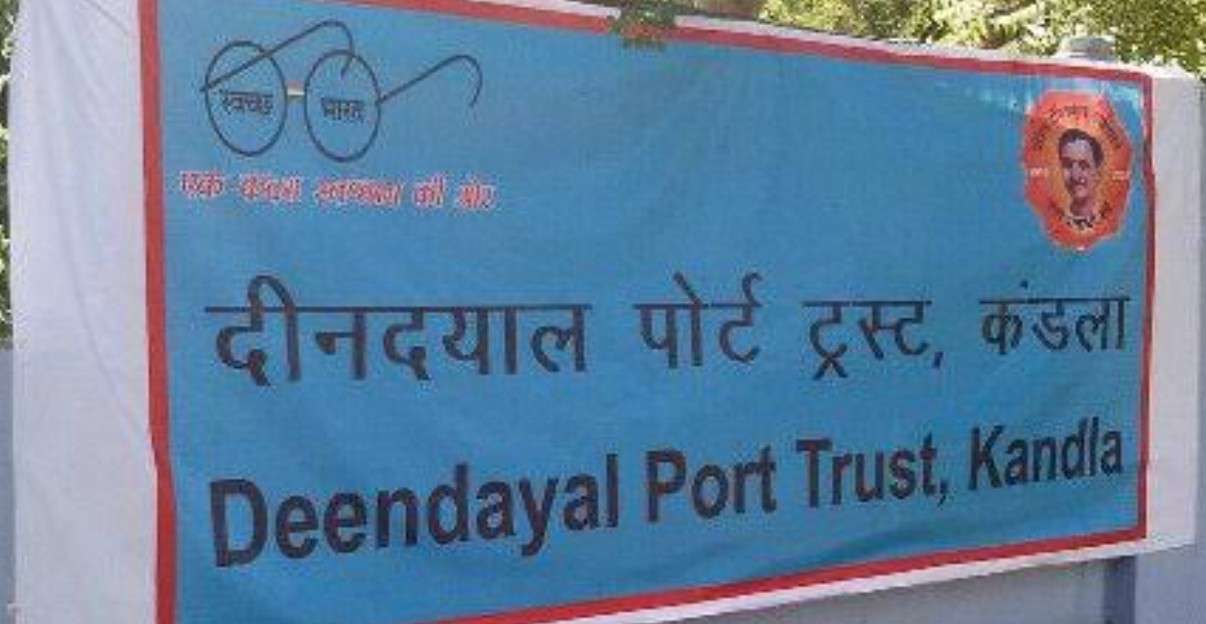The DG Shipping has floated a proposal for enhancing vessel-sharing agreements (VSAs) in India. It is expected to have significant global and national benefits, particularly for the shipping and logistics industry. For the same it has invited Public Comments and Stakeholder Consultation. One of the point of the draft is to operationalize the 5% TEU allocation mandate for Indian flag vessels under Vessel Sharing Agreements (VSAs) in a way that ensures benefits for Indian shipping lines.
It may be recalled that the Indian tonnage over the last decade has been consistently increasing. As of June, 2024, 485 Indian-flagged vessels with 11.95 Million Gross Tonnage (GT) operate in Overseas Trade. Additionally, 1041 vessels with 1.7 Million GT are engaged in Coastal Trade. Further, 4 vessels of 45,604 GT have been acquired under Indian Controlled Tonnage. Overall, 1,530 vessels are Indian-flagged with 13.7 Million GT. With the rise in Indian tonnage, there has been a shift in business preference towards Indian-flagged vessels over foreign-flagged ones. The 5% TEU allocation mandate for Indian flag vessels if expected to provide further benefits there are several steps required.
Here are the several key steps that should be taken:
1. Clear Guidelines for Space Allocation
- The mandate should include well-defined criteria for how the 5% TEU space is allocated. This will prevent large foreign carriers from monopolizing vessel space and ensure that Indian lines are given meaningful opportunities to participate. Guidelines could specify how the space is divided among Indian flag vessels, taking into account the size of the vessel, the trade route, and cargo volumes.
2. Strong Monitoring and Enforcement Mechanisms
- The Directorate General of Shipping (DGS) should establish an independent body to oversee the allocation and utilization of the 5% space. This body should have the authority to monitor compliance, resolve disputes, and impose penalties for non-compliance. Transparent reporting practices should be established, requiring shipping lines to report how much space is being allocated and utilized by Indian vessels.
3. Incentivizing Indian Shipowners
- Tax breaks, subsidies, or financial incentives could be introduced to encourage Indian shipowners to invest in expanding their fleets or modernizing their existing vessels. By making it more economically viable for Indian shipping lines to operate, the mandate can have a long-term positive impact on the sector’s competitiveness.
4. Enhancing Operational Efficiency
- Indian shipping companies should be encouraged to improve their operational efficiency by adopting digital technologies, optimizing routes, and upgrading their fleets. This would help them take full advantage of the 5% allocation by competing effectively with foreign players, offering competitive pricing, and ensuring service quality.
5. Capacity Building and Partnerships
- Indian lines should engage in strategic partnerships with foreign carriers and other stakeholders, such as freight forwarders and port operators, to enhance their capacity to fully utilize the allocated space. These partnerships could involve technology sharing, infrastructure development, and logistics improvements that would support Indian vessels’ participation in global trade routes.
6. Transparent Market Access
- To ensure the space is utilized fairly, transparent market access mechanisms should be in place. Indian flag vessels must be given access to information on available space in a timely manner to plan and optimize their cargo bookings. Any anti-competitive practices, such as foreign carriers restricting space or prioritizing certain clients, must be actively discouraged.
By implementing these measures, the mandate can create a more equitable and competitive environment for Indian shipping lines, ensuring that they can capitalize on the benefits of vessel-sharing agreements while contributing to the growth of India’s maritime industry.
Public comments and responses to the enclosed questionnaire should be submitted to the Directorate General of Shipping by 08-October-2024 through the following google-form https://forms.gle/JYzZpvApcHqUXcVd8




